Kitchen sink clogs can be a major inconvenience, especially when you have a pile of dishes waiting to be washed. But fear not, unclogging a kitchen sink is not as difficult as it seems. With a few simple steps, you can have your sink back to its normal functioning state in no time. First, start by removing any standing water in the sink using a bucket or cup. This will make it easier to identify and remove the clog. Next, use a plunger to try and dislodge the clog. Place the plunger over the drain and push down and up repeatedly to create suction. This should help loosen the clog and allow water to flow through. If the plunger does not work, try using a plumbing snake. Insert the snake into the drain and twist it while pushing it further in. This should help break up the clog and allow it to be pulled out. Once the clog is removed, run hot water down the drain to flush out any remaining debris.1. How to Unclog a Kitchen Sink
If you prefer to use natural methods to unclog your kitchen sink, there are a few options you can try. The first method is using boiling water. Boil a pot of water and pour it down the drain in two to three stages, allowing it to work its way through the pipes. This method is particularly effective for grease clogs. Another natural method is using a mixture of baking soda and vinegar. Pour half a cup of baking soda down the drain, followed by half a cup of vinegar. Let it sit for about 30 minutes, then pour hot water down the drain to flush out the clog. You can also try using a combination of salt, baking soda, and boiling water. Mix half a cup of salt and half a cup of baking soda together and pour it down the drain. Follow it up with a pot of boiling water. This method can help break up stubborn clogs. Dish soap can also be an effective way to unclog a kitchen sink. Squirt a generous amount of dish soap down the drain and let it sit for a few minutes. Then pour hot water down the drain to help flush out the clog. If you have a garbage disposal, you can try running it to help break up any food debris that may be causing the clog. Just be sure to run plenty of water while the disposal is running.2. 5 Natural Ways to Unclog a Kitchen Sink
Baking soda and vinegar are a popular DIY method for unclogging kitchen sinks as they are safe and natural alternatives to chemical drain cleaners. To use this method, start by pouring half a cup of baking soda down the drain. Then, pour half a cup of vinegar down the drain and cover it with a cloth or stopper to contain the reaction. Let it sit for about 30 minutes, then pour hot water down the drain to flush out the clog. This method works by creating a chemical reaction that helps break down grease and other debris that may be causing the clog.3. Unclogging a Kitchen Sink with Baking Soda and Vinegar
If you're feeling adventurous, there are a few DIY methods you can try to unclog your kitchen sink. One method is using a wet/dry vacuum. Simply switch the vacuum to the wet setting and cover the vent to create suction. Place the hose over the drain and turn the vacuum on. This can help dislodge and remove the clog. You can also try using a wire coat hanger. Straighten out the hanger and create a small hook at one end. Insert the hanger into the drain and try to hook onto the clog. Pull it out slowly and dispose of the debris. If you have a shop vac, you can also try using it to remove the clog. Place the hose over the drain and turn the vacuum on. This can help suck out the clog.4. DIY Methods for Unclogging a Kitchen Sink
A plunger is a handy tool to have when it comes to unclogging a kitchen sink. It uses suction to help dislodge and remove clogs. To use a plunger, first, remove any standing water from the sink. Then, place the plunger over the drain and push down and up repeatedly to create suction. This should help loosen the clog and allow water to flow through. You may need to repeat this process a few times for stubborn clogs. Remember to use a plunger specifically designed for sinks, as a toilet plunger will not be as effective.5. Using a Plunger to Unclog a Kitchen Sink
The best way to deal with a kitchen sink clog is to prevent it from happening in the first place. Here are a few tips to help you prevent clogs in your kitchen sink. First, always make sure to scrape off excess food particles into the trash before washing dishes. This can help prevent food debris from building up in the pipes. Regularly cleaning your sink and drain with a mixture of baking soda and vinegar can also help keep your pipes clear of debris and prevent clogs. Avoid pouring grease, oil, and fat down the drain, as these can solidify and cause clogs. Instead, pour them into a container and dispose of them in the trash. Lastly, use a drain cover to catch any food particles that may accidentally go down the drain while washing dishes.6. Tips for Preventing Kitchen Sink Clogs
If you have a double kitchen sink, unclogging it can be a bit trickier as you will need to deal with two drains. However, the methods mentioned above can still be effective in unclogging a double sink. You can try using a plunger on one drain while blocking the other with a stopper or cloth. This will help create suction and loosen the clog. You can also try using a plumbing snake in one drain while running hot water in the other to help flush out the clog. If these methods do not work, you may need to call a professional plumber for assistance.7. Unclogging a Double Kitchen Sink
Chemical drain cleaners can be an effective way to unclog a kitchen sink. However, they can also be harmful to both your pipes and the environment. If you choose to use a chemical drain cleaner, be sure to follow the instructions carefully and use protective gear such as gloves and goggles. Also, be aware that these cleaners can damage older pipes and should not be used frequently. If possible, opt for natural methods or seek professional plumbing services instead.8. Chemical Drain Cleaners for Unclogging a Kitchen Sink
If all else fails, it may be best to call a professional plumber to unclog your kitchen sink. They have the necessary tools and expertise to effectively remove stubborn clogs without causing damage to your pipes. A professional plumber can also inspect your pipes and identify any underlying issues that may be causing frequent clogs. They can then provide solutions to prevent future clogs and keep your kitchen sink functioning properly.9. Professional Plumbing Services for Unclogging a Kitchen Sink
Understanding the common causes of kitchen sink clogs can help you prevent them from happening in the future. Some of the most common causes of kitchen sink clogs include food debris, grease and oil buildup, and foreign objects such as utensils and small toys. Additionally, older pipes or pipes with damage such as cracks or tree root intrusion can also lead to clogs. Identifying and addressing these issues can help prevent clogs and keep your kitchen sink running smoothly.10. Common Causes of Kitchen Sink Clogs
Prevent Future Clogs

Invest in a Sink Strainer
 One of the most effective ways to
prevent clogs
in your kitchen sink is by using a sink strainer. These
affordable
and
easy-to-use
gadgets fit right over your drain and catch any food scraps or debris that may otherwise go down and cause a clog. Simply empty the strainer after each use and you'll
reduce the risk
of a clogged sink in the future.
One of the most effective ways to
prevent clogs
in your kitchen sink is by using a sink strainer. These
affordable
and
easy-to-use
gadgets fit right over your drain and catch any food scraps or debris that may otherwise go down and cause a clog. Simply empty the strainer after each use and you'll
reduce the risk
of a clogged sink in the future.
Be Mindful of What Goes Down the Drain
 Another way to
prevent clogs
in your kitchen sink is by being mindful of what you put down the drain. Avoid dumping large amounts of food scraps or oil and grease down the sink, as these can easily cause a clog. Instead,
dispose of food scraps
in the garbage and pour oil and grease into a separate container to be thrown away. This will not only help
maintain a clog-free sink
, but it will also be better for your plumbing system in the long run.
Another way to
prevent clogs
in your kitchen sink is by being mindful of what you put down the drain. Avoid dumping large amounts of food scraps or oil and grease down the sink, as these can easily cause a clog. Instead,
dispose of food scraps
in the garbage and pour oil and grease into a separate container to be thrown away. This will not only help
maintain a clog-free sink
, but it will also be better for your plumbing system in the long run.
Regularly Clean Your Pipes
 Even with the use of a sink strainer and being mindful of what goes down the drain, it's still important to
regularly clean your pipes
to prevent clogs. Over time, food particles, grease, and other debris can build up in your pipes and eventually lead to a clog. To
keep your pipes clear
, pour boiling water down the drain once a week and use a mixture of baking soda and vinegar to help break down any buildup.
Even with the use of a sink strainer and being mindful of what goes down the drain, it's still important to
regularly clean your pipes
to prevent clogs. Over time, food particles, grease, and other debris can build up in your pipes and eventually lead to a clog. To
keep your pipes clear
, pour boiling water down the drain once a week and use a mixture of baking soda and vinegar to help break down any buildup.
Hire a Professional Plumber
 If you've tried all of these
preventative measures
and still find yourself dealing with a clogged kitchen sink, it may be time to call in a professional plumber. They have the necessary tools and expertise to
effectively remove
any stubborn clogs and get your sink back to working properly. This may also be a good time to have them
inspect your plumbing system
for any potential issues that could lead to future clogs.
In conclusion, a clogged kitchen sink can be a major inconvenience, but with the right preventative measures and maintenance, you can
avoid the headache
of dealing with a clogged sink. Investing in a sink strainer, being mindful of what goes down the drain, regularly cleaning your pipes, and enlisting the help of a professional plumber when needed can all
contribute to a smoothly functioning
and
stylishly designed
kitchen. Don't let a clogged sink take away from the beauty and functionality of your kitchen - take action now to
unclog the kitchen sink
and keep it that way for the future.
If you've tried all of these
preventative measures
and still find yourself dealing with a clogged kitchen sink, it may be time to call in a professional plumber. They have the necessary tools and expertise to
effectively remove
any stubborn clogs and get your sink back to working properly. This may also be a good time to have them
inspect your plumbing system
for any potential issues that could lead to future clogs.
In conclusion, a clogged kitchen sink can be a major inconvenience, but with the right preventative measures and maintenance, you can
avoid the headache
of dealing with a clogged sink. Investing in a sink strainer, being mindful of what goes down the drain, regularly cleaning your pipes, and enlisting the help of a professional plumber when needed can all
contribute to a smoothly functioning
and
stylishly designed
kitchen. Don't let a clogged sink take away from the beauty and functionality of your kitchen - take action now to
unclog the kitchen sink
and keep it that way for the future.

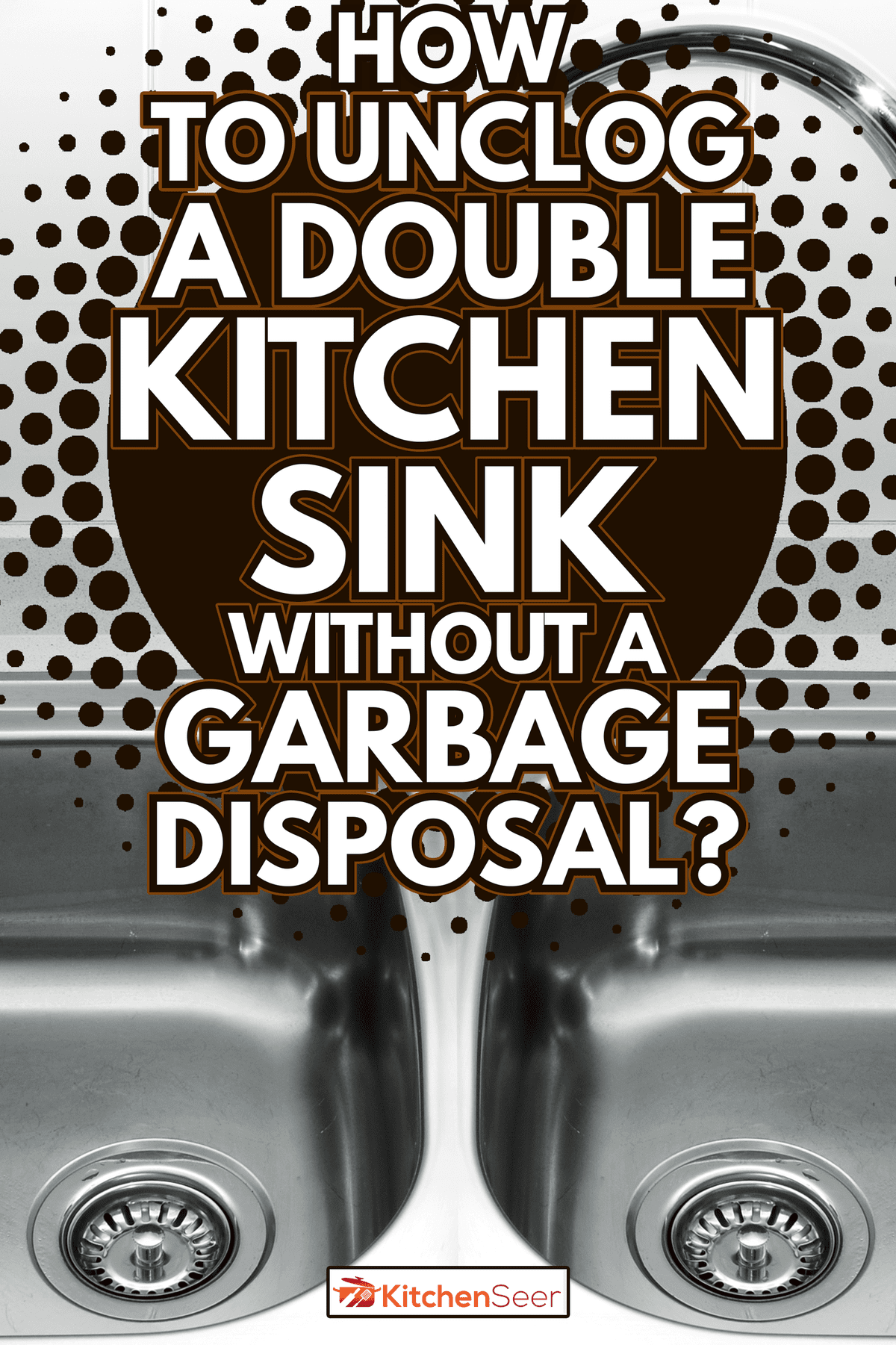
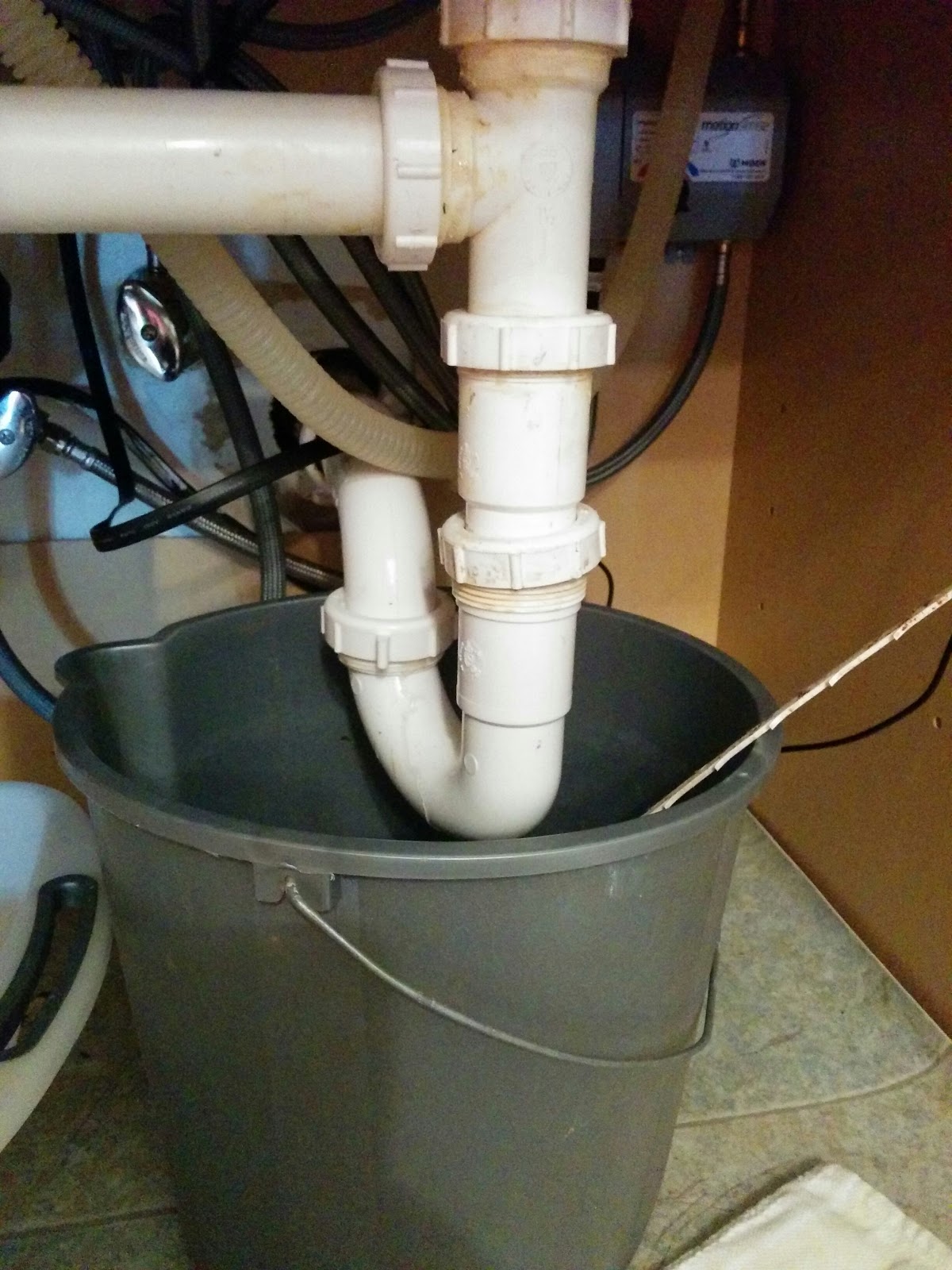


:max_bytes(150000):strip_icc()/how-to-unclog-a-kitchen-sink-2718799_sketch_FINAL-8c5caa805a69493ab22dfb537c72a1b7.png)

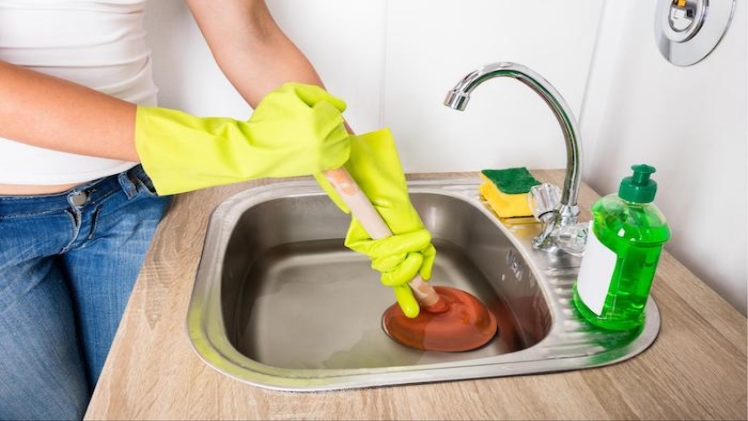
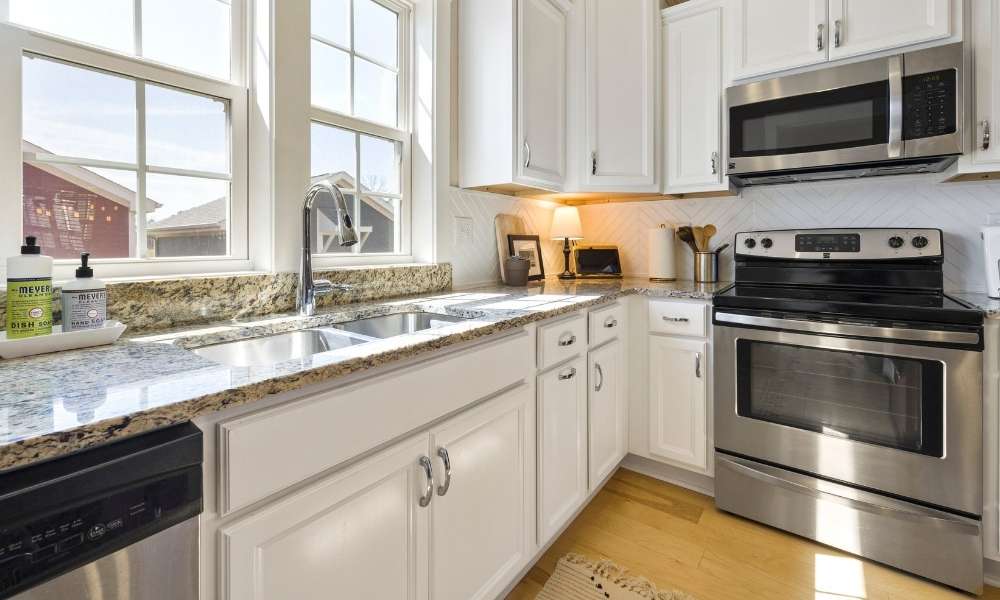

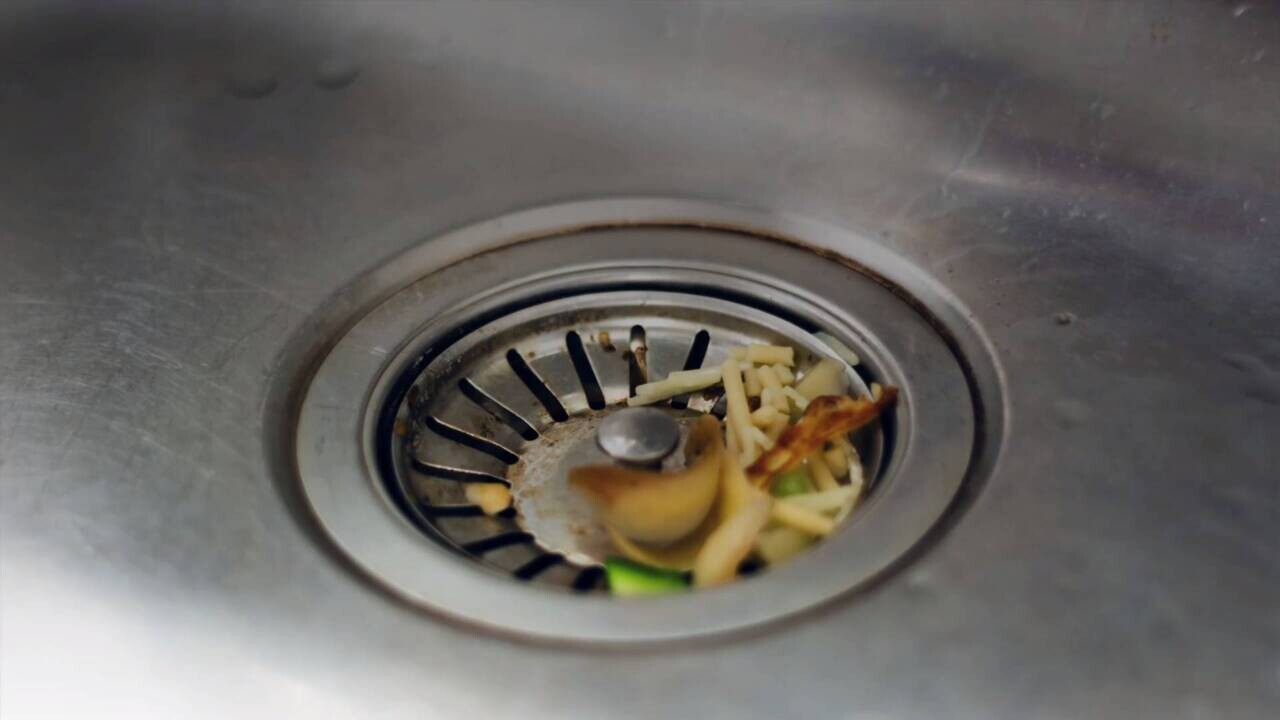





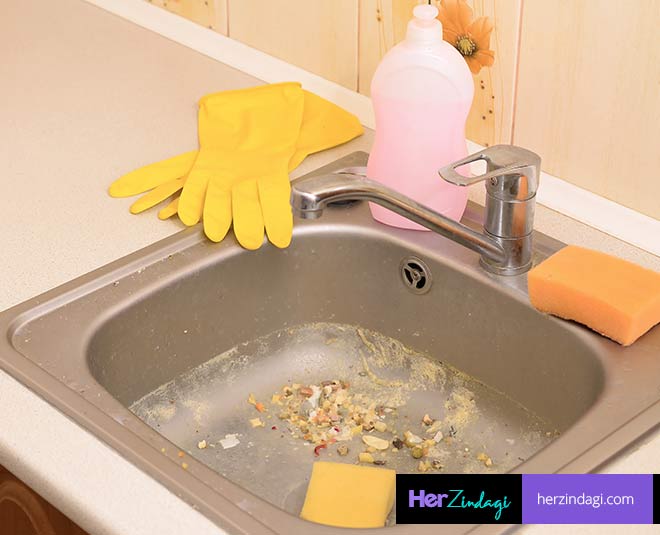




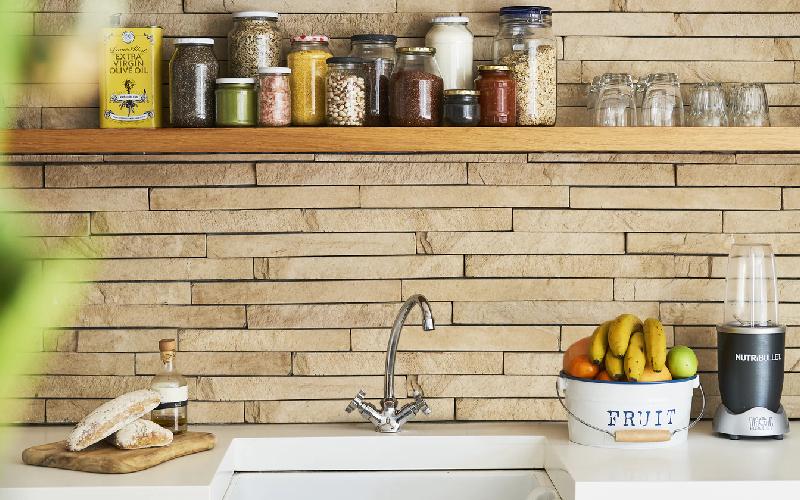





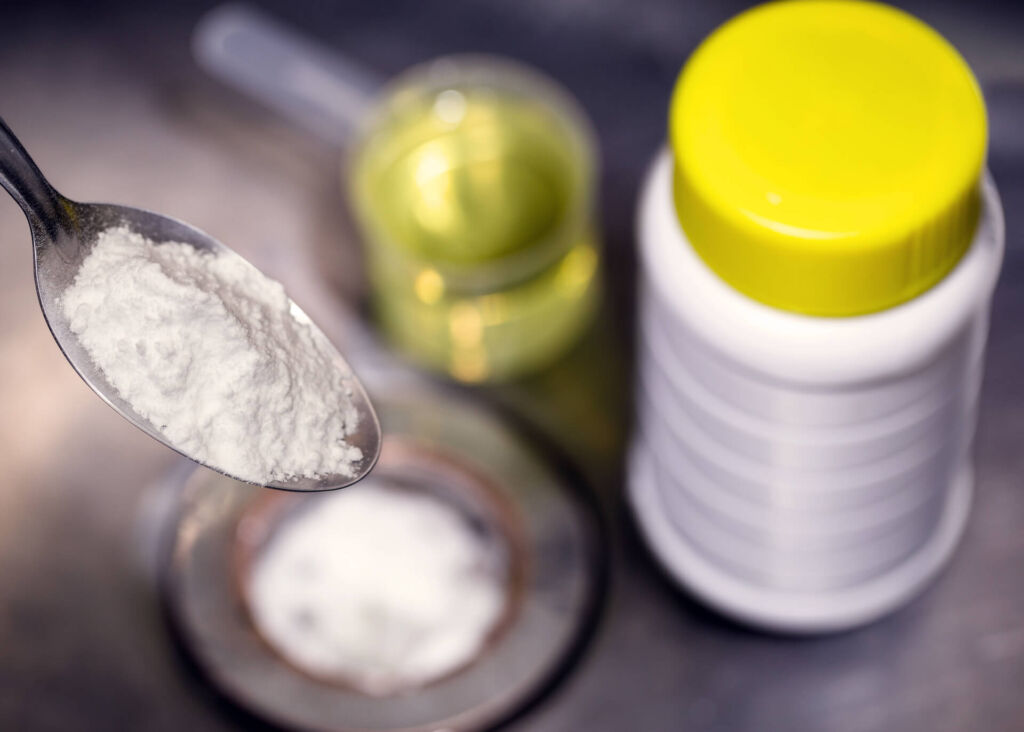
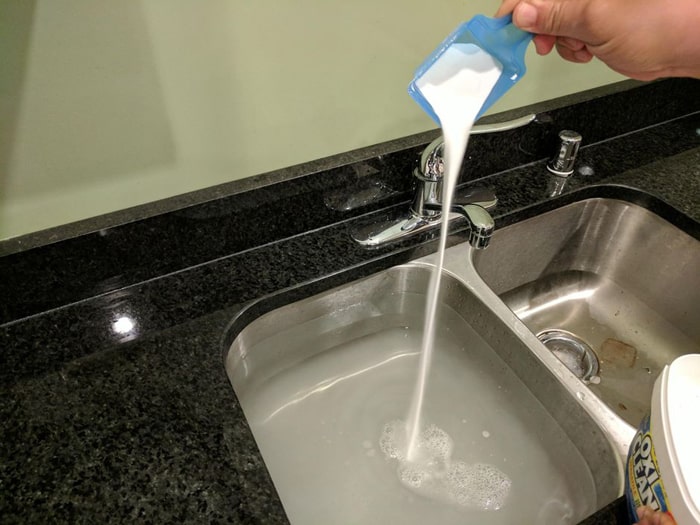












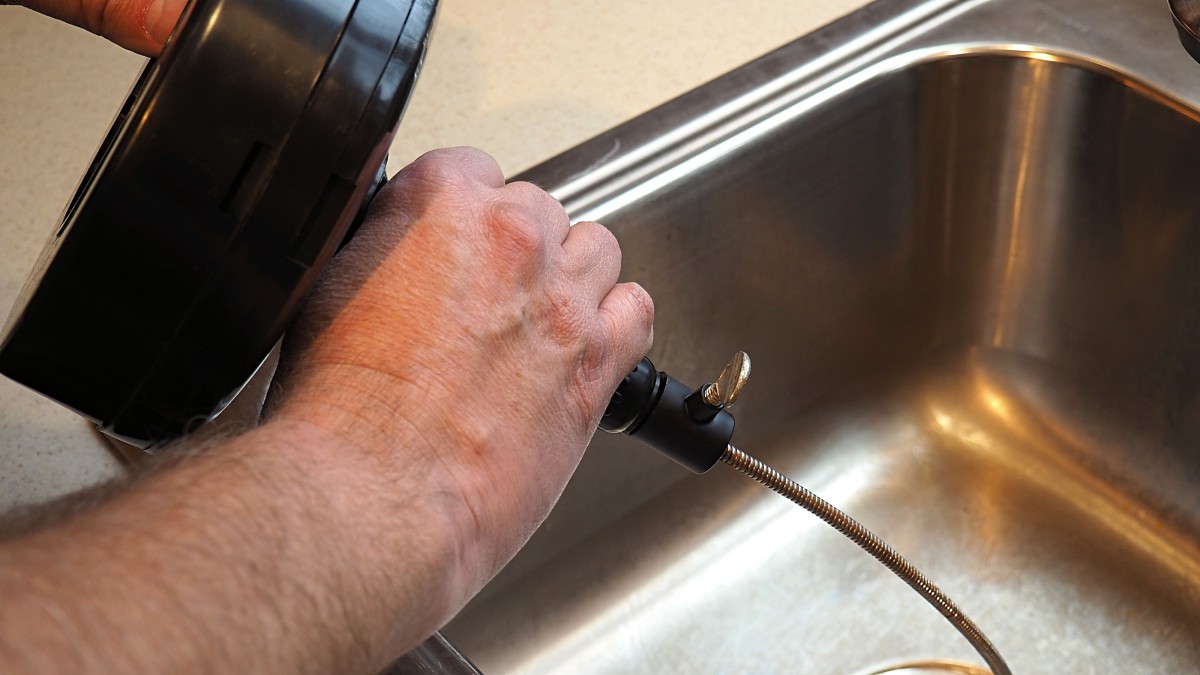

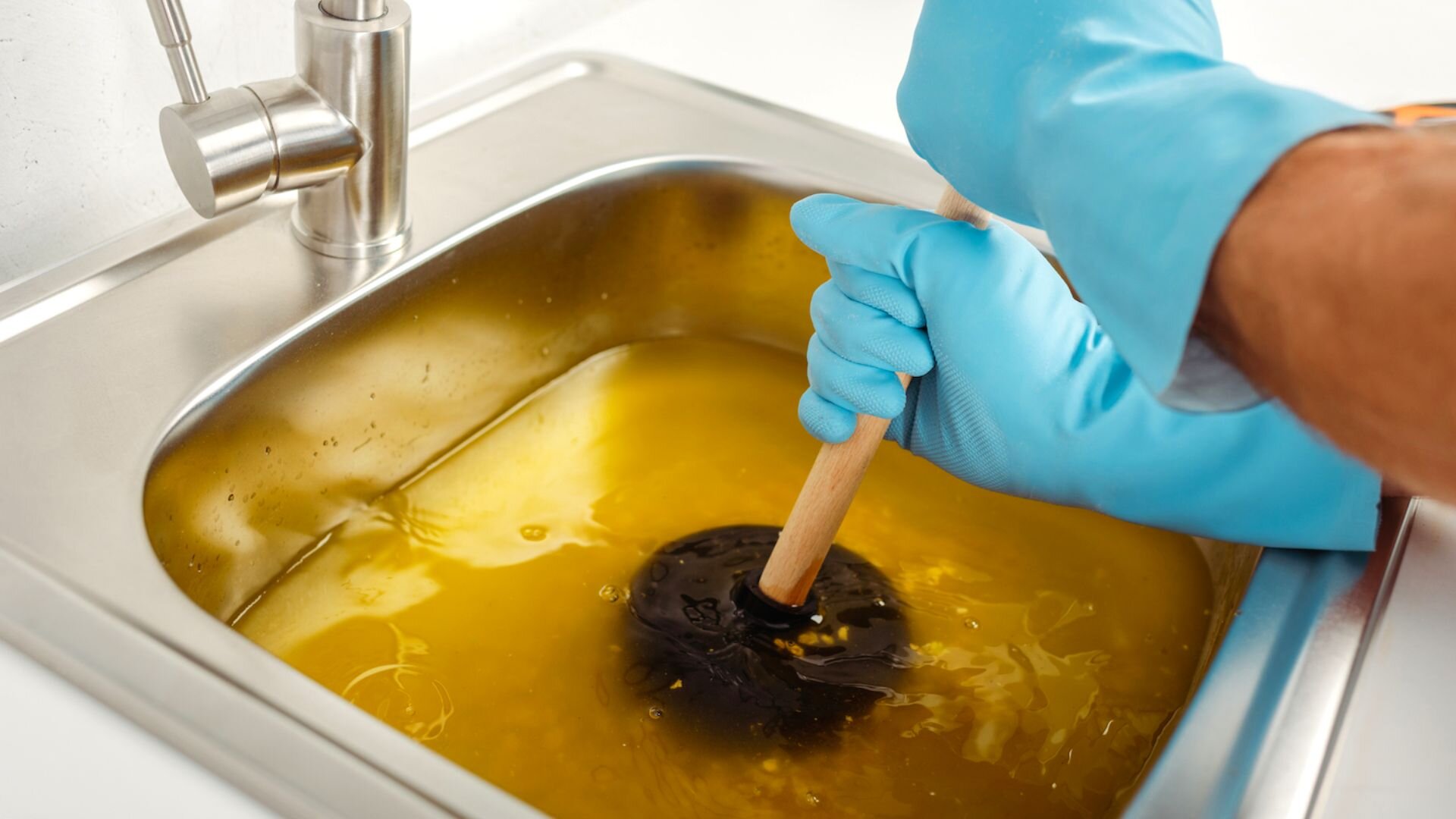

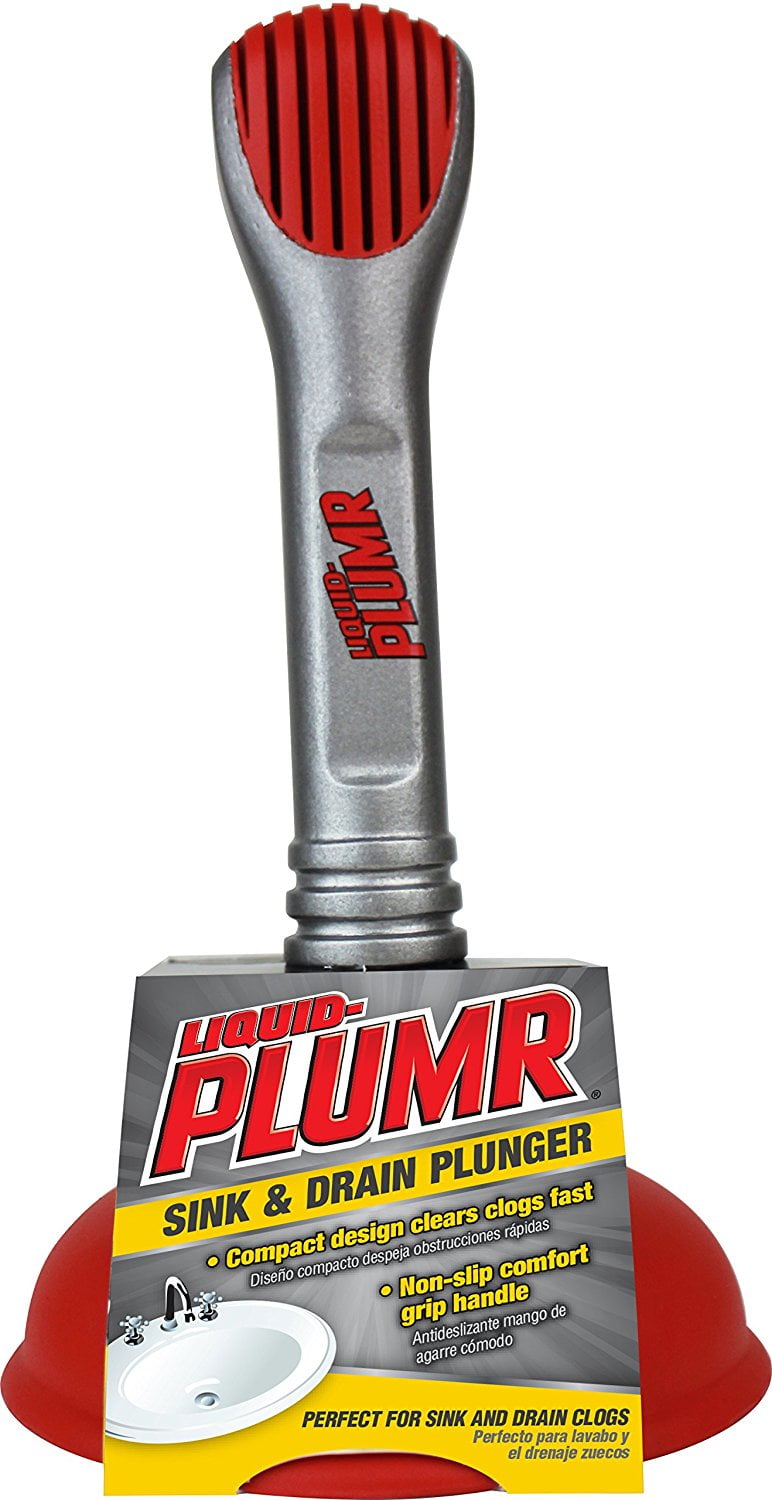

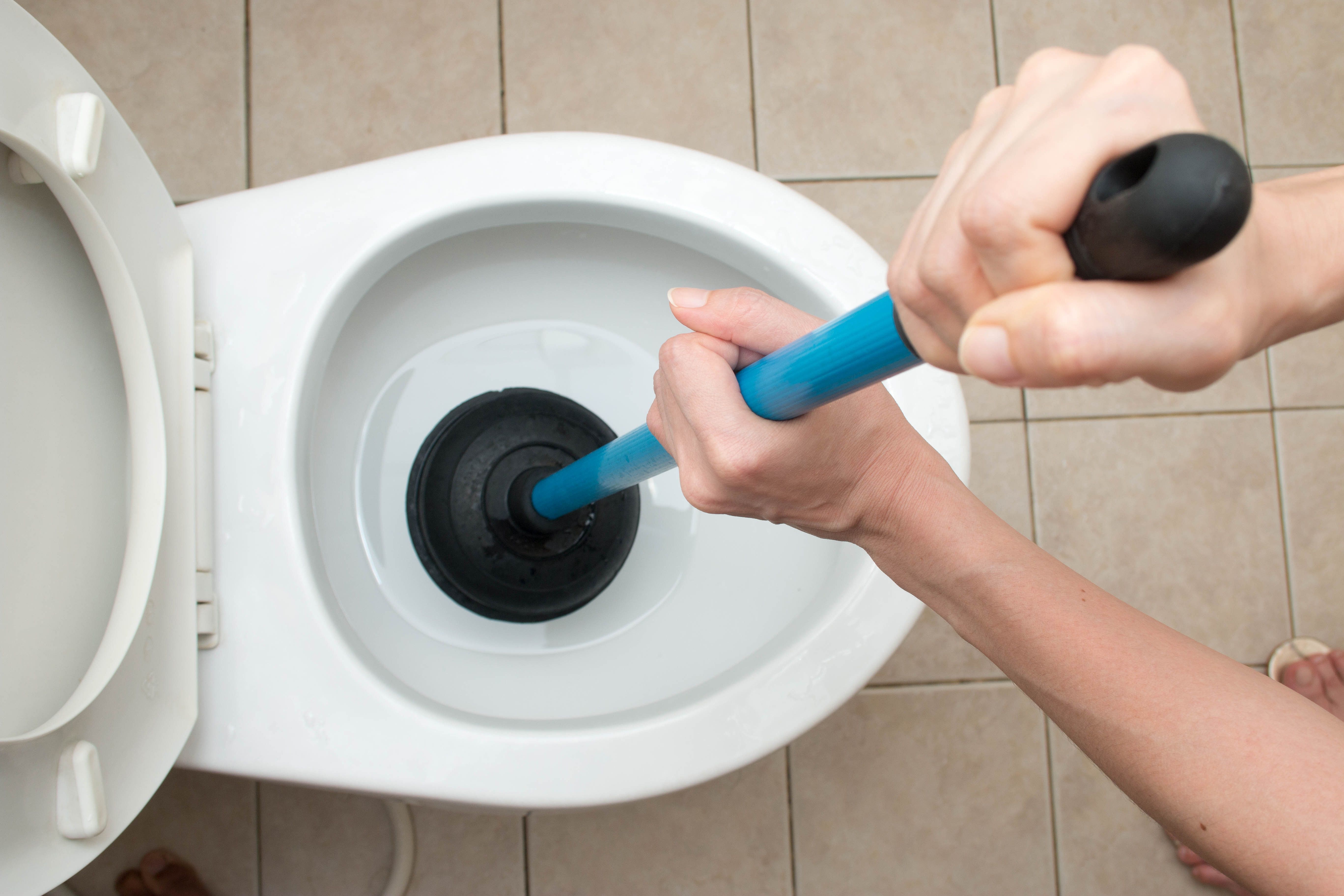


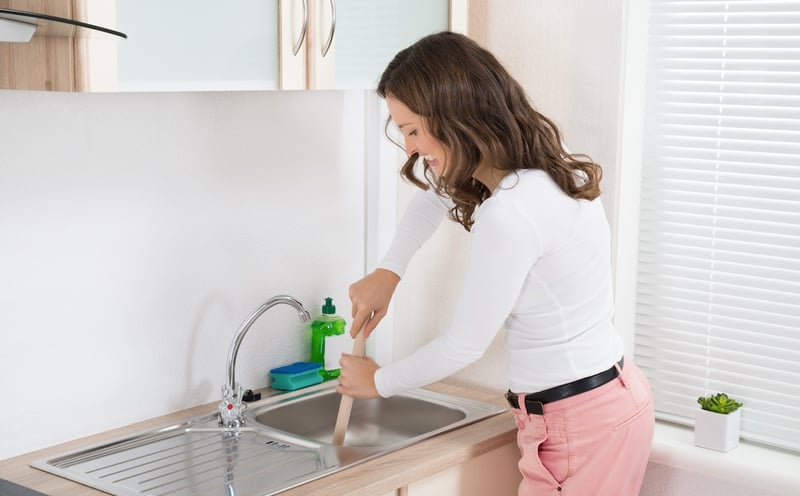
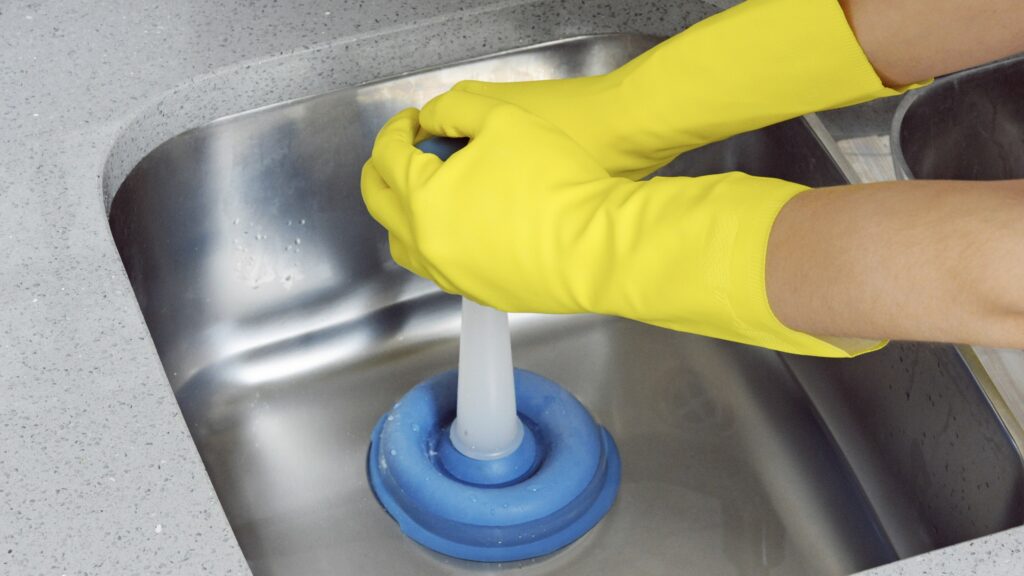

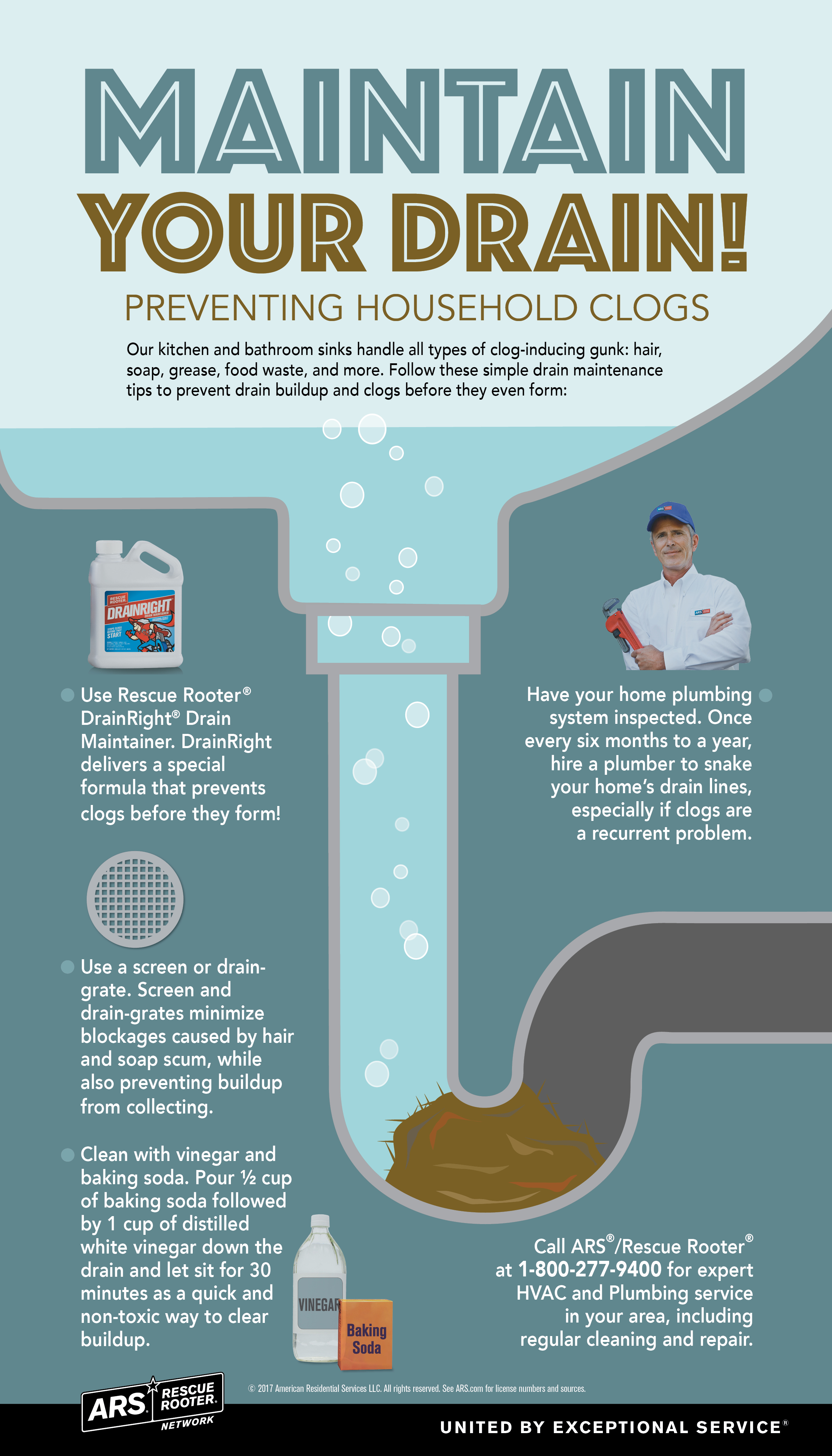
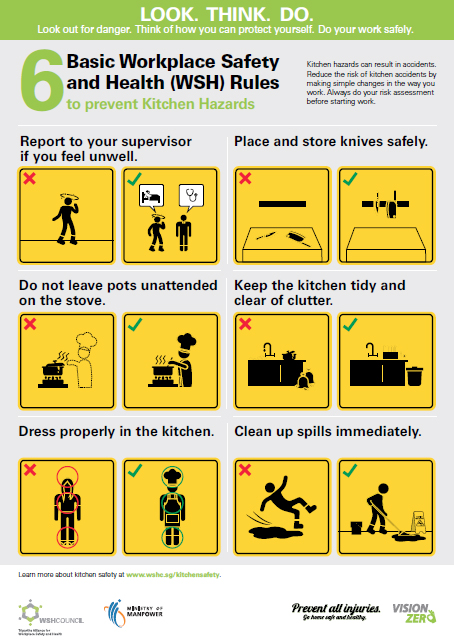

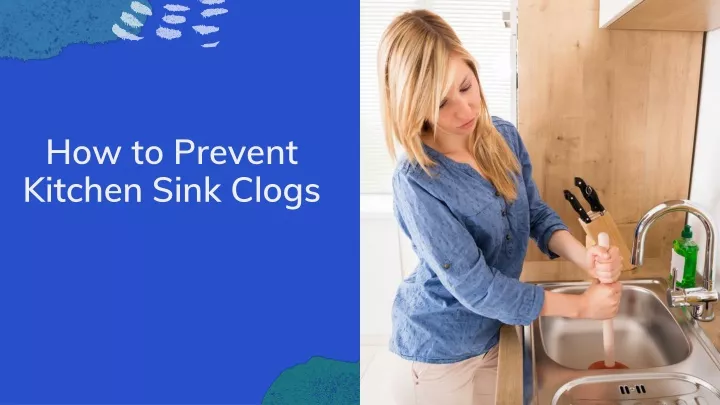
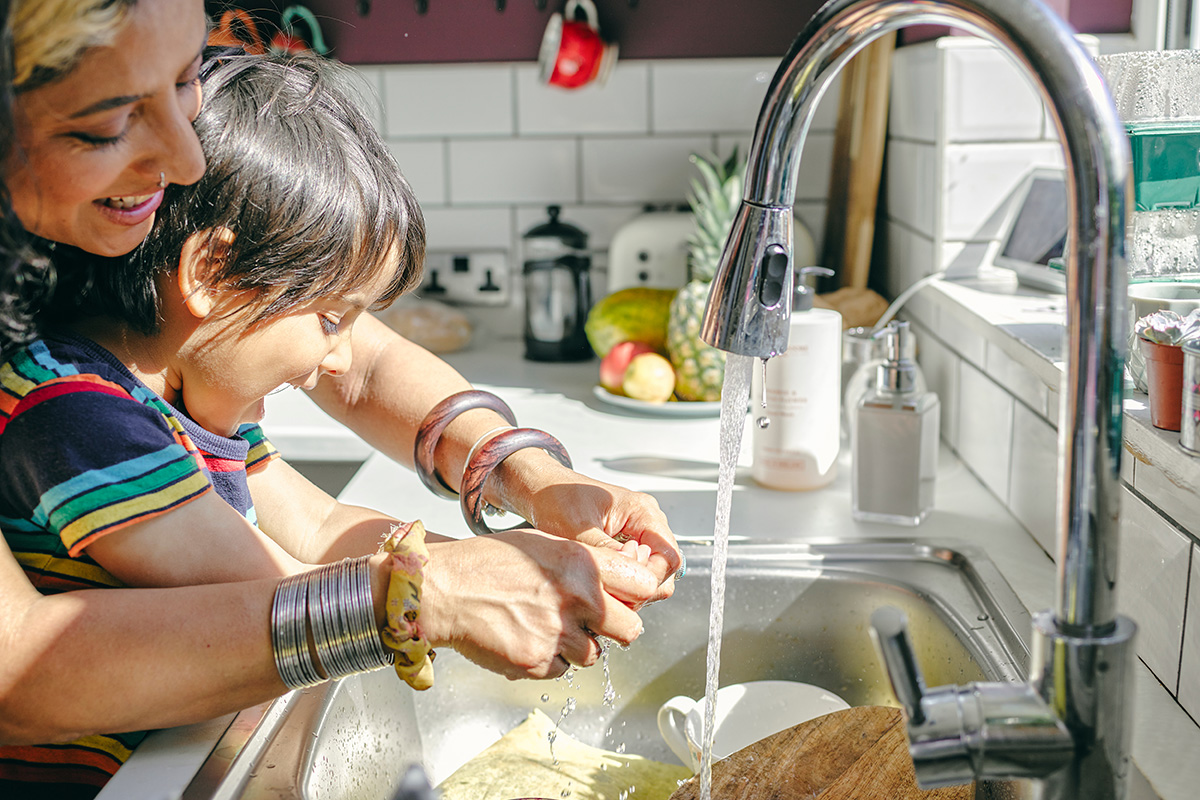
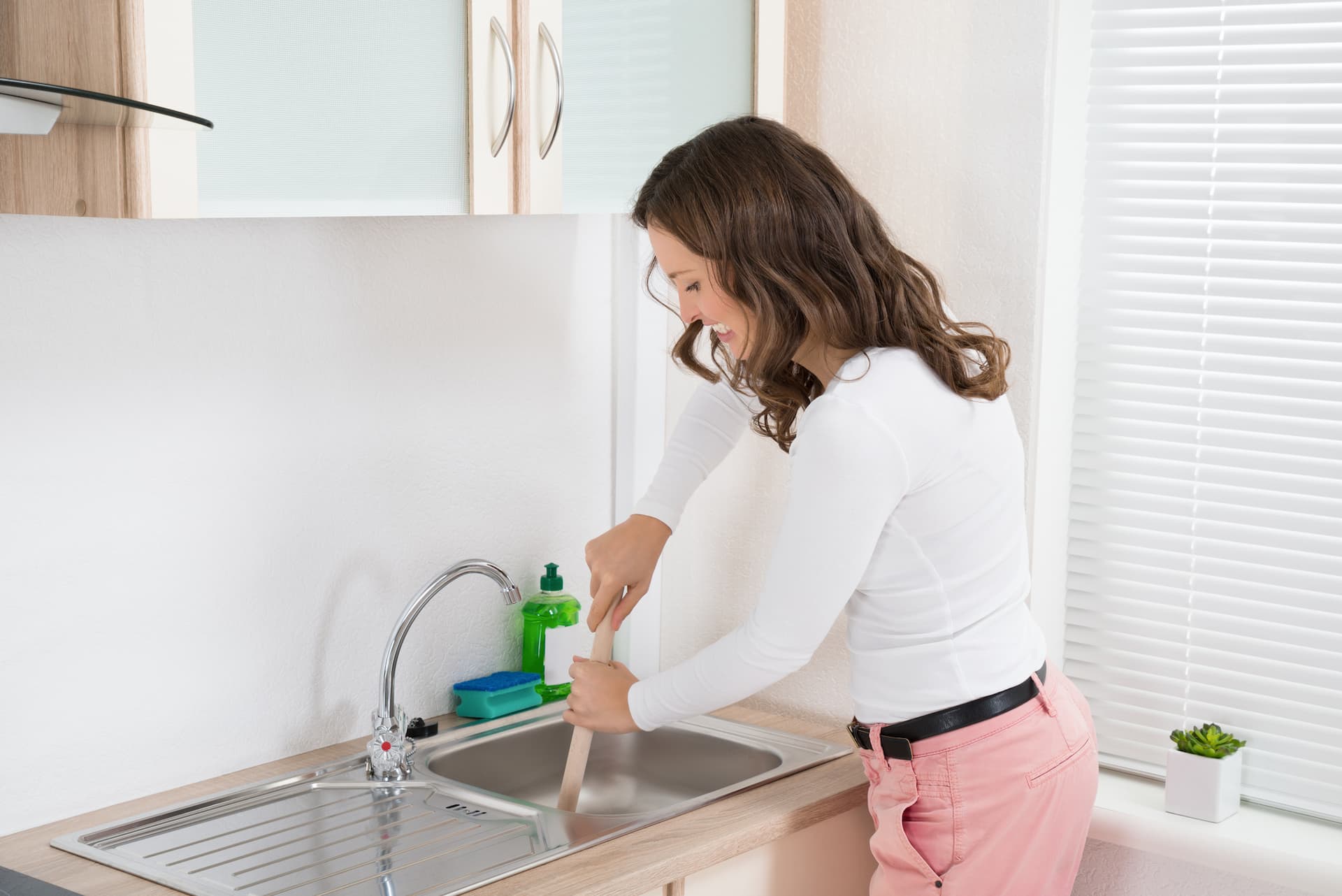


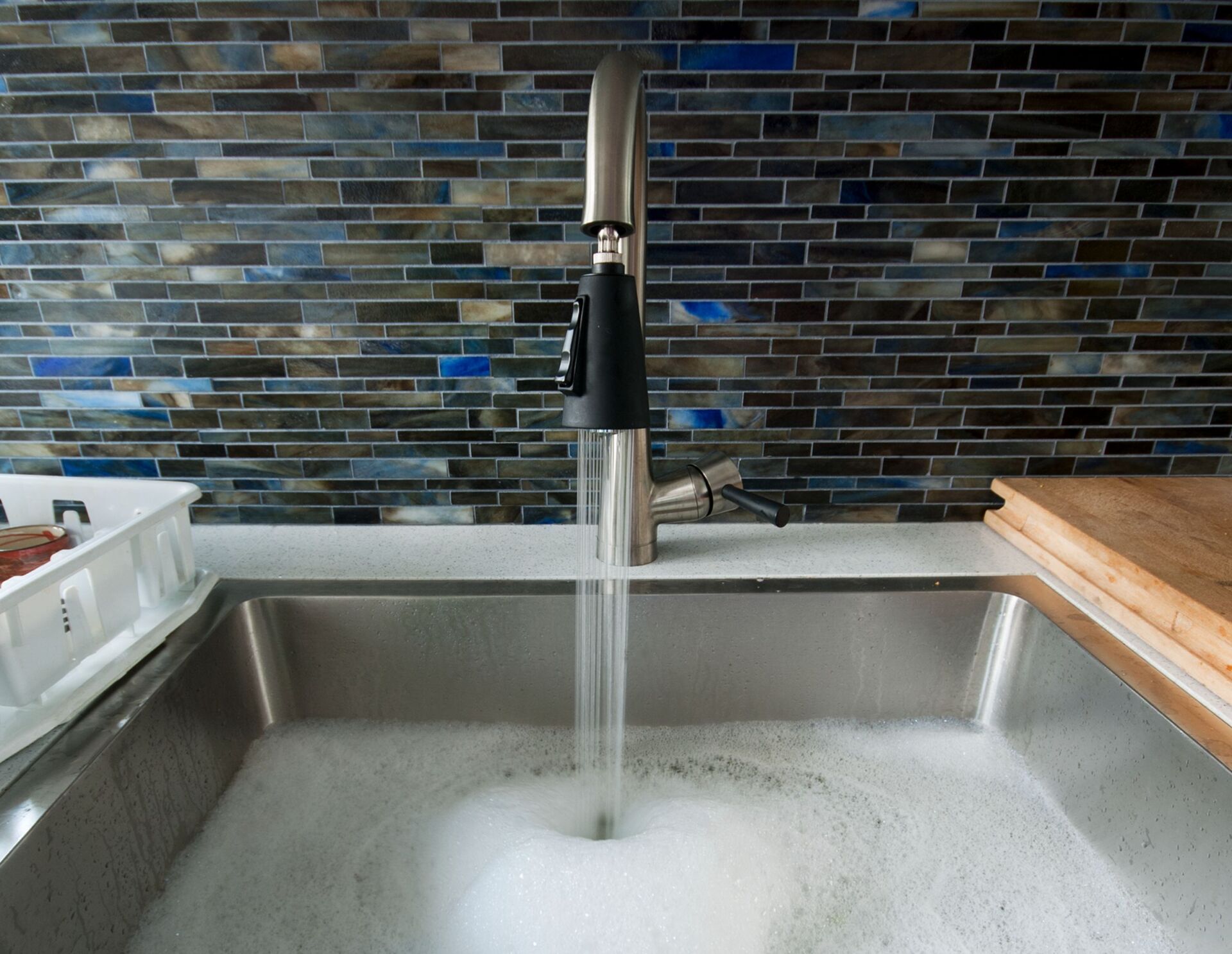


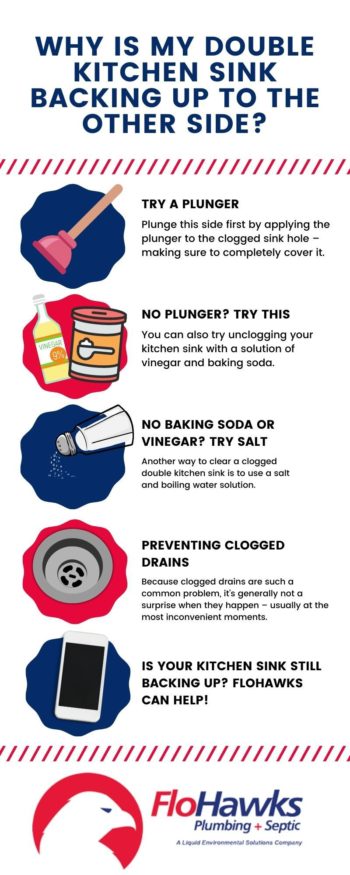




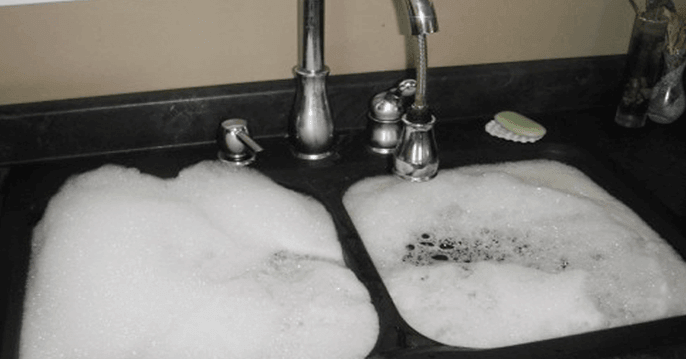




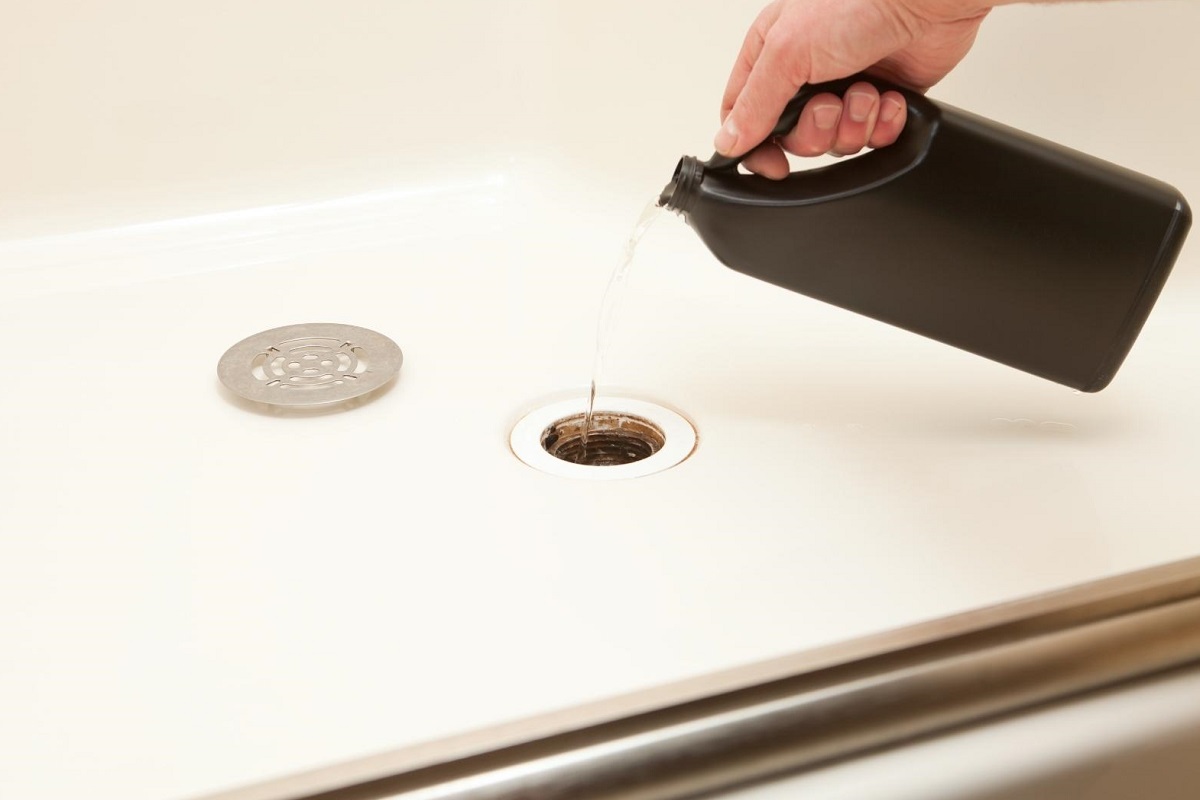
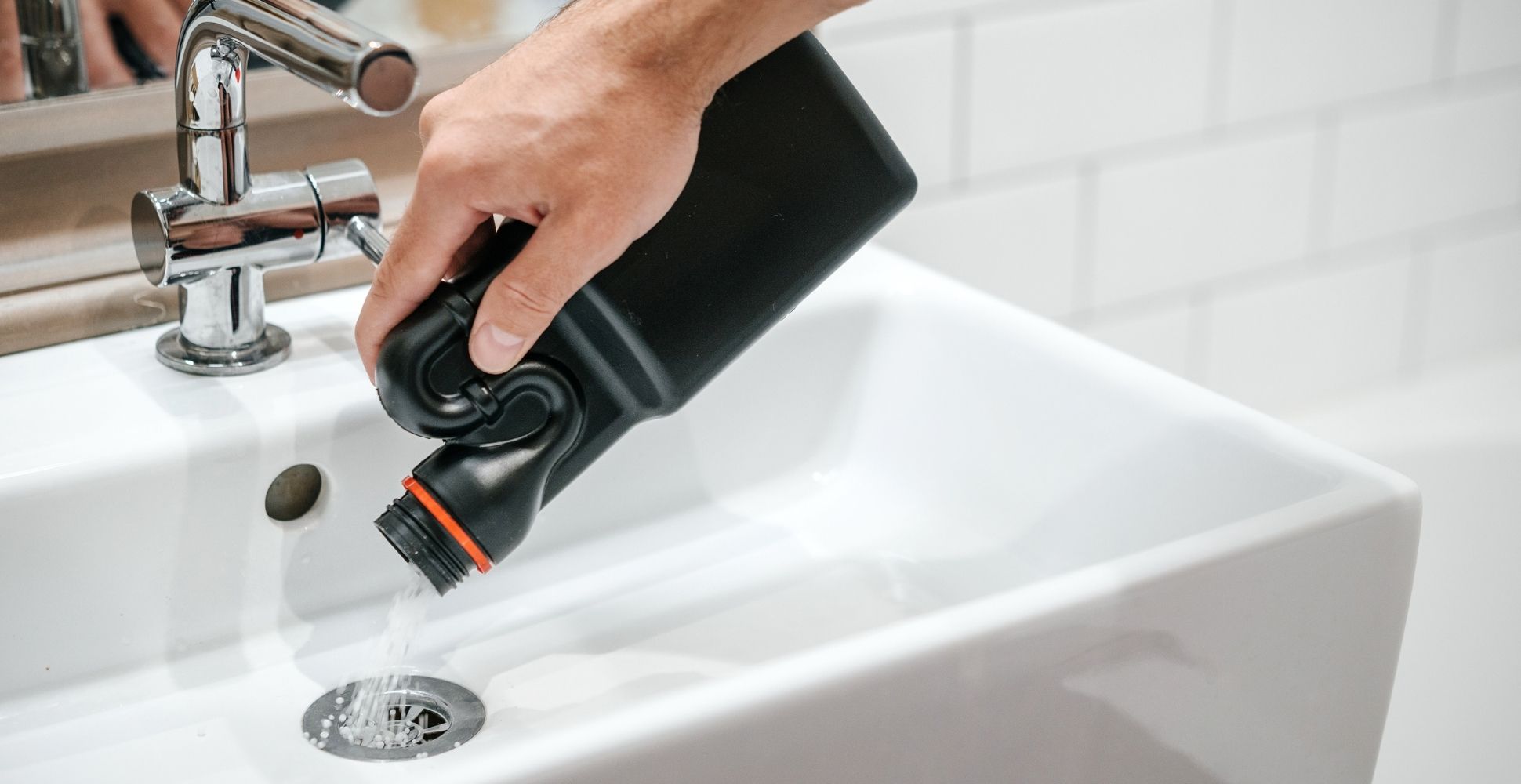

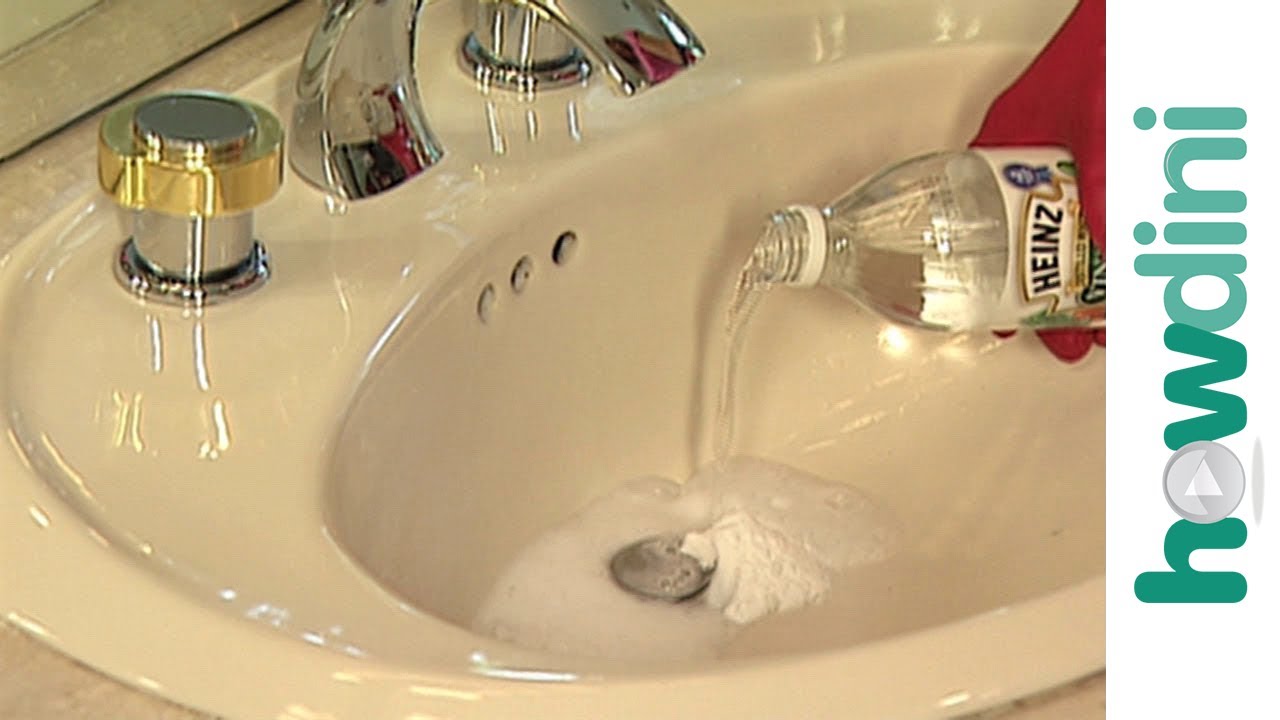
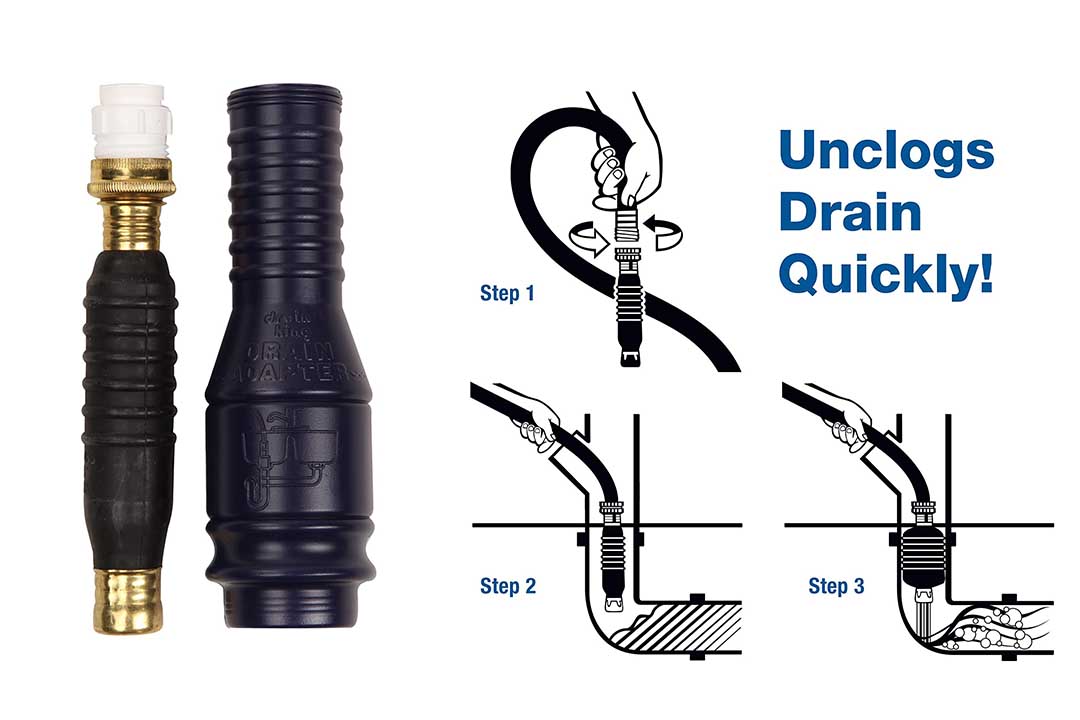






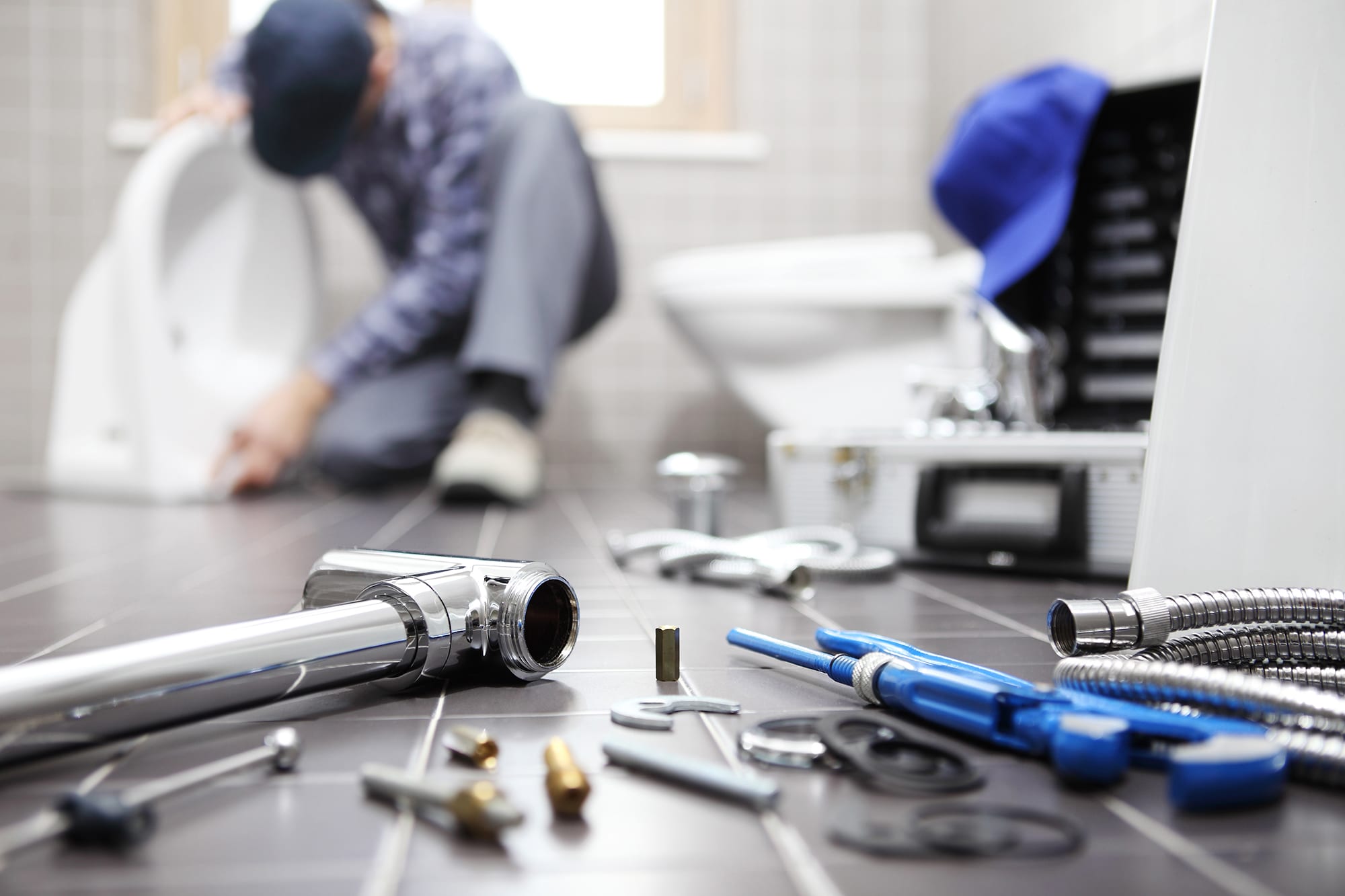
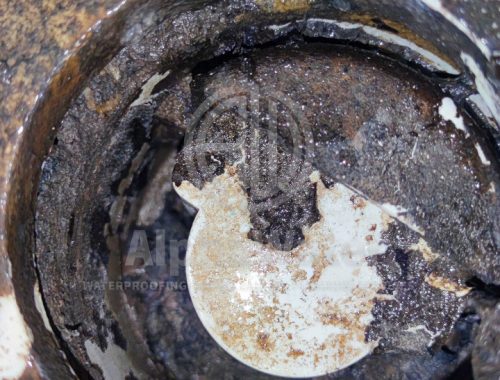

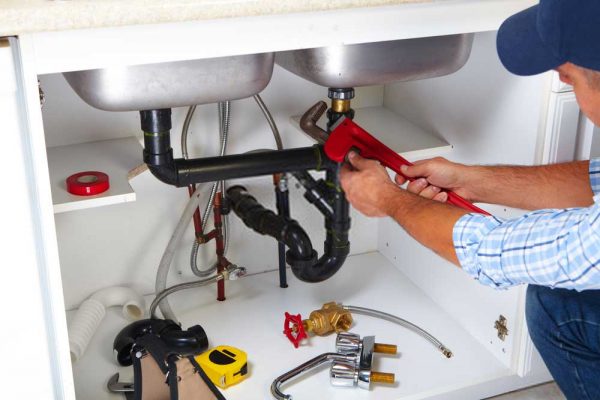


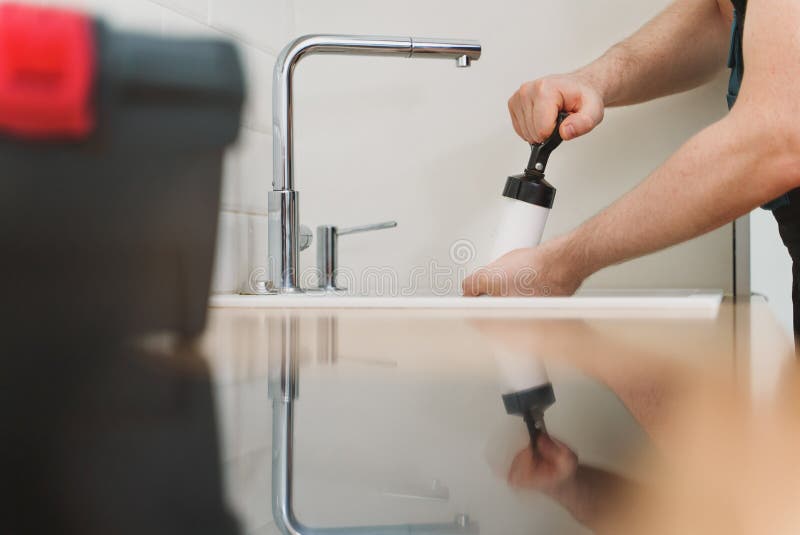





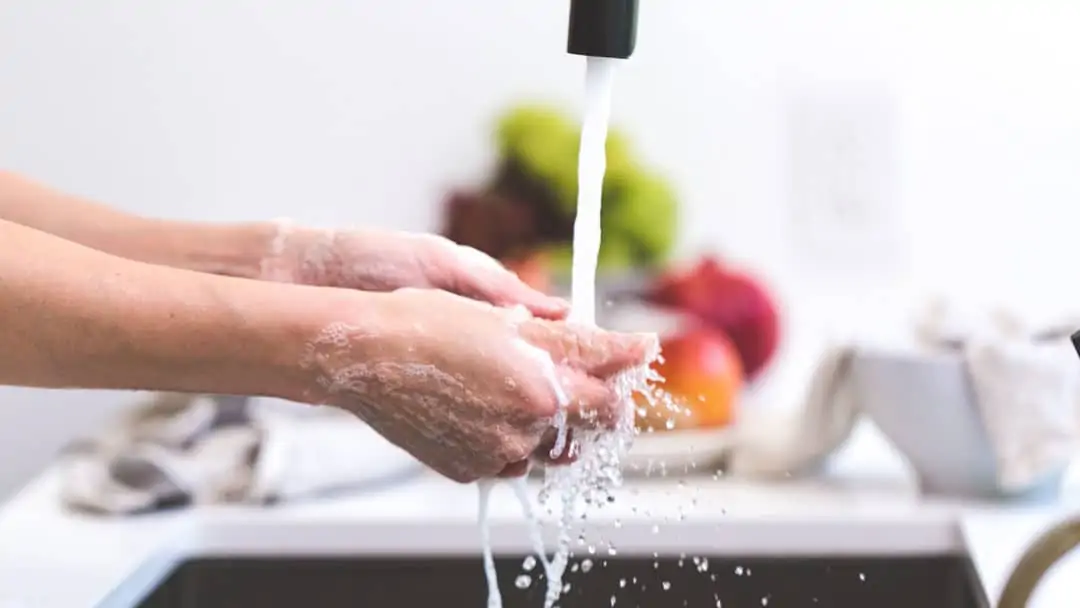

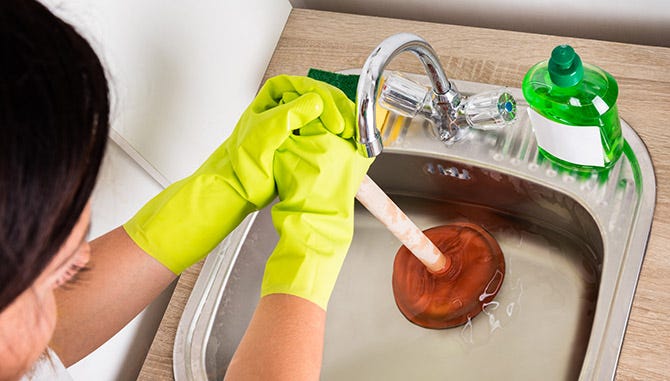

:max_bytes(150000):strip_icc()/2019-11-06_StudioMunroe_BAMV-0288-Edit_LRG-6f4a5e025ed749adb01bcfae8d78dea8.jpg)




